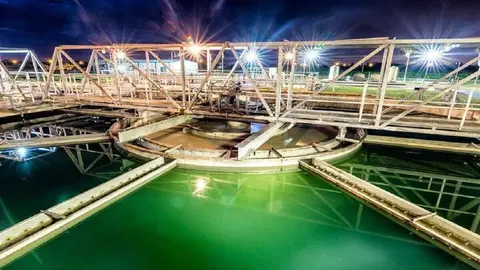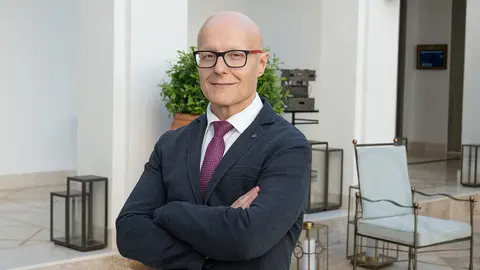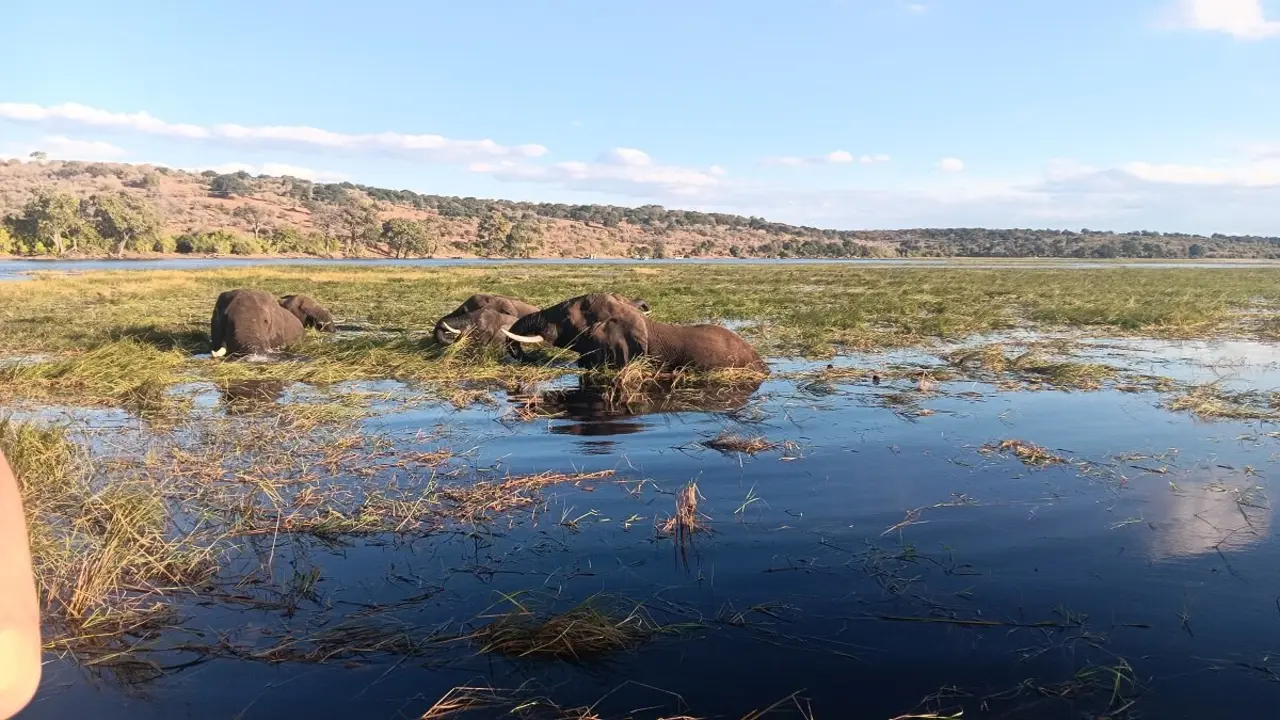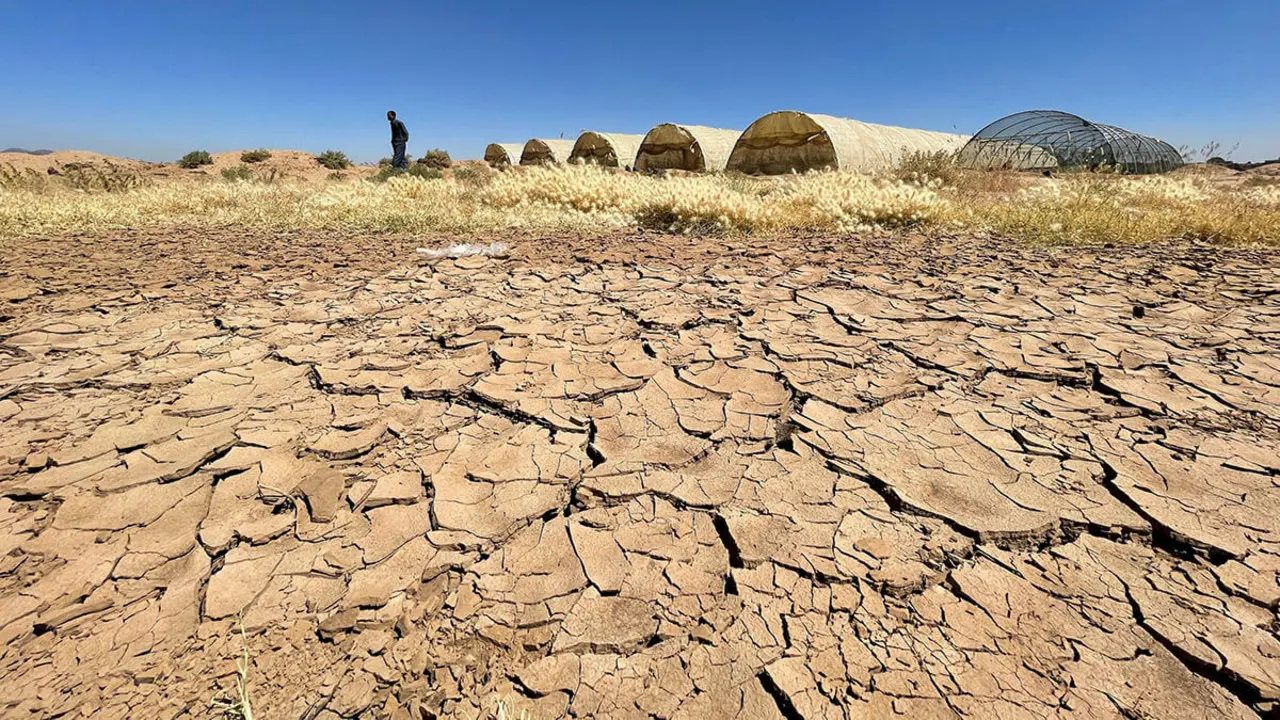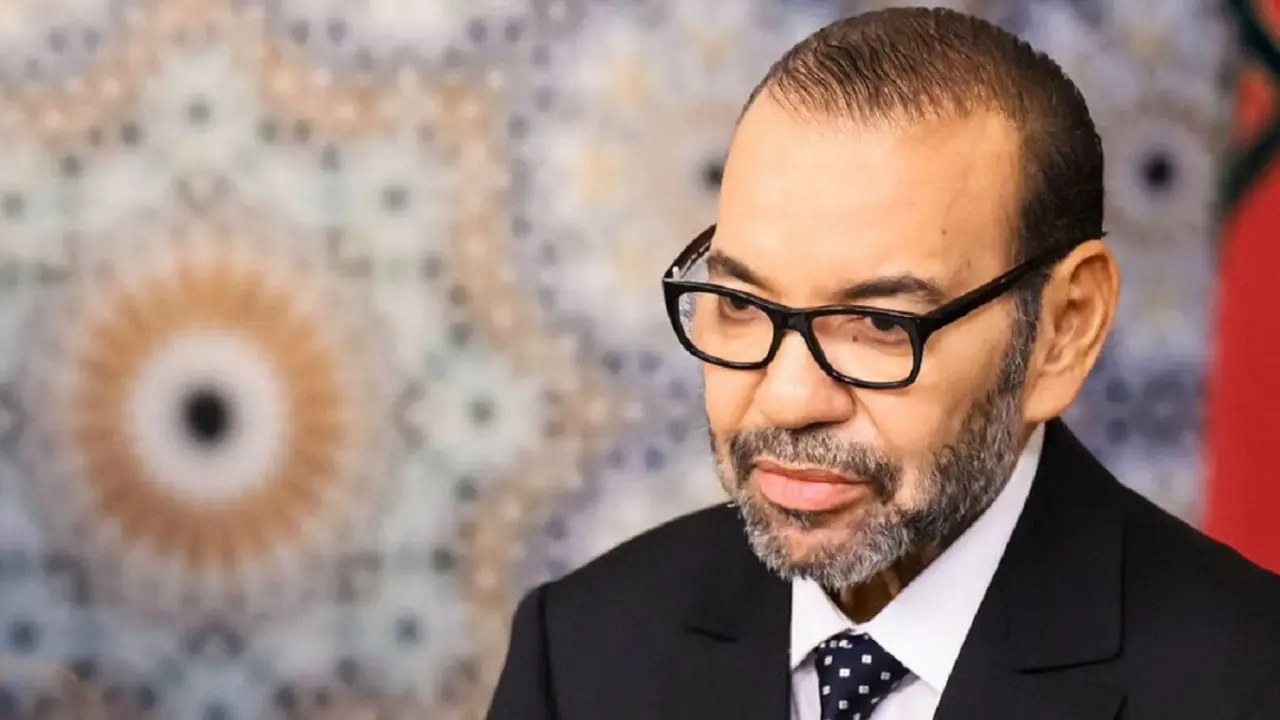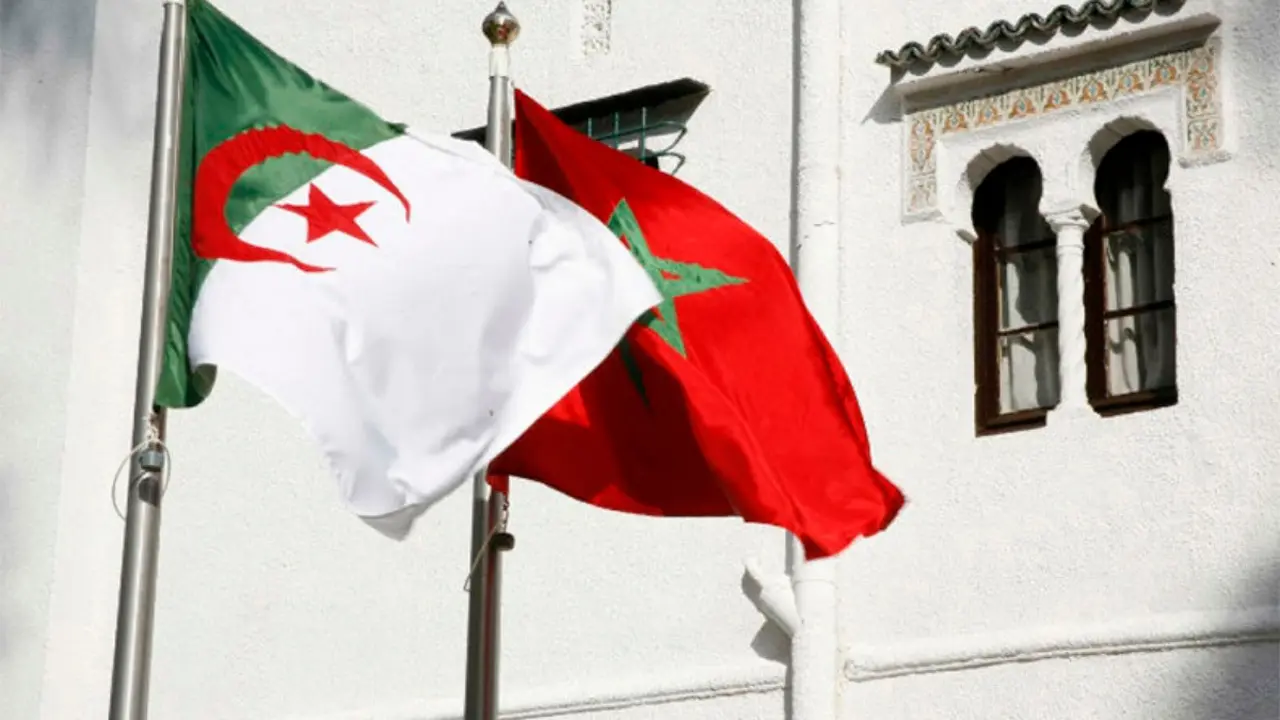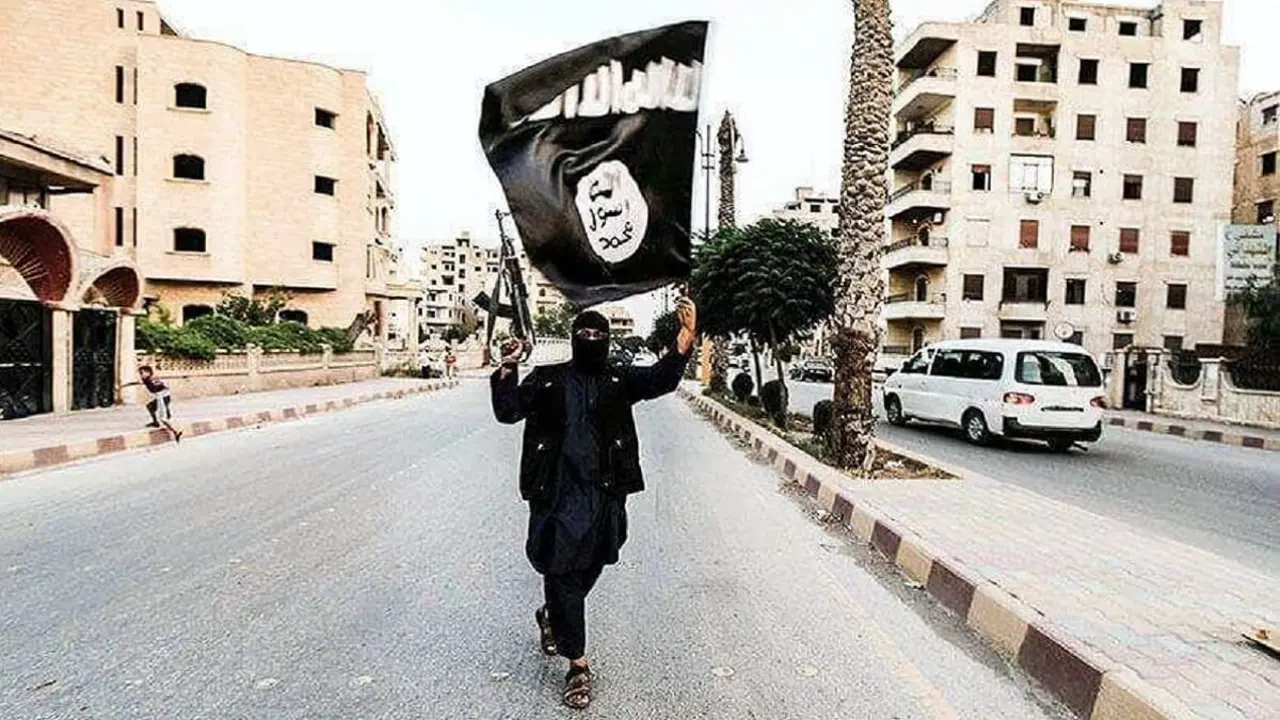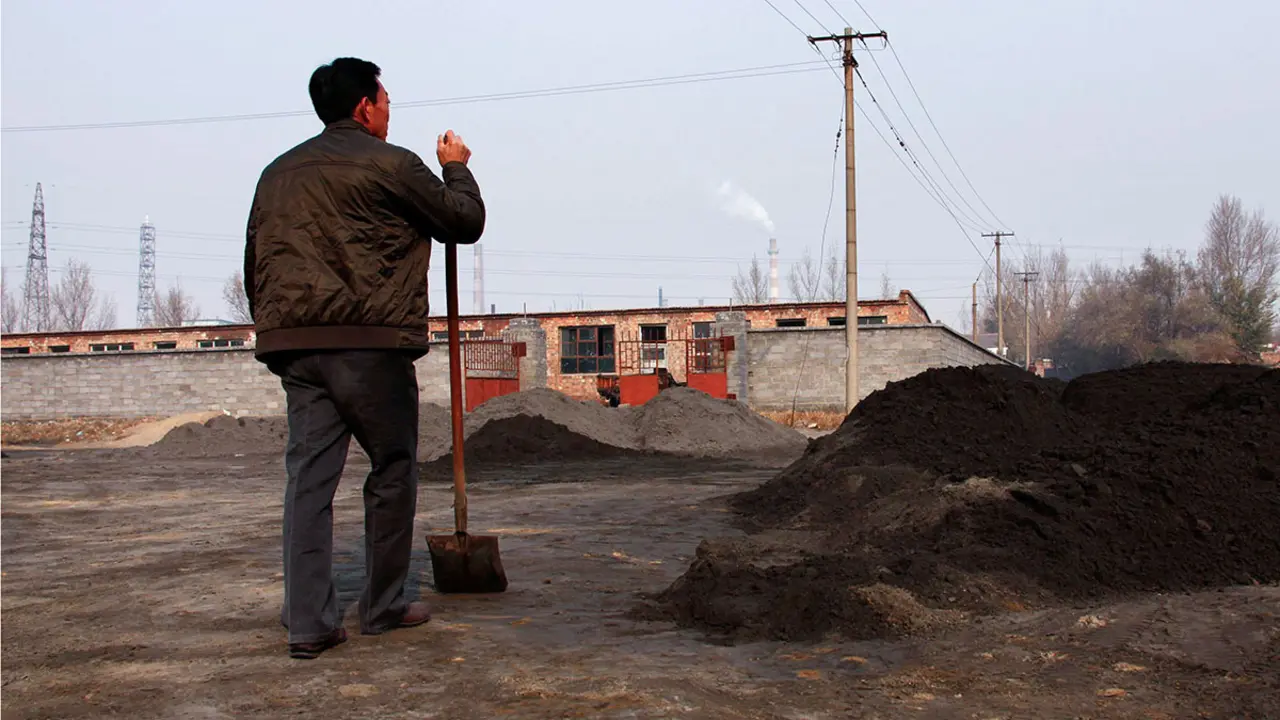Fighting climate change: Morocco's new strategy
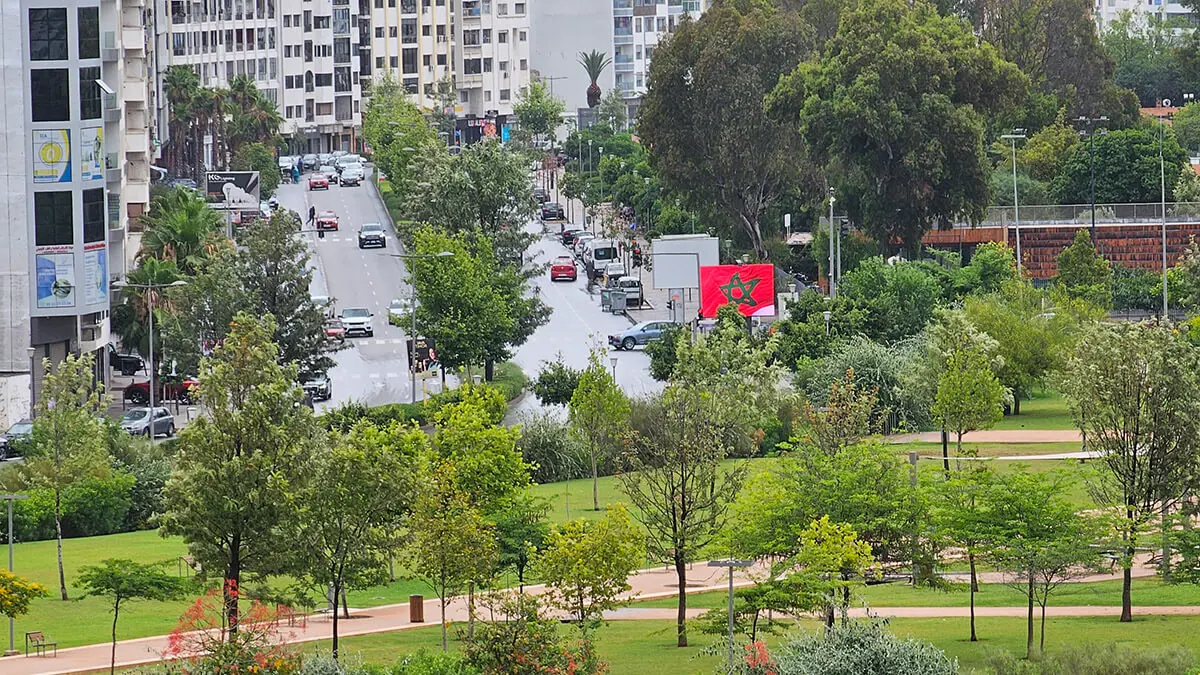
On 2 February in Rabat, the governor of the Central Bank of Morocco, Abdellatif Jouahri Wali, warned of the risks that climate change could pose to monetary policy. According to him, climate change "affects growth, employment and inflation, the main variables on which monetary policy decisions are based".
In collaboration with the Banco de España, the conference was attended by the Moroccan Minister of Infrastructures and Water, Nizar Baraka, the Minister of Energy Transition and Sustainable Development, Leila Benali, the President of the Economic, Social and Environmental Council, Ahmed Reda Chami, the Governor of the Banco de España, Pablo Hernández De Cos, the Spanish Ambassador to Morocco, Ricardo Díez-Hochleitner, and representatives of the Moroccan banking and financial sector.epresentantes del sector bancario y financiero marroquí.
One of the central themes of the event, dedicated to the macroeconomic impact of climate change, was the role of central banks in the fight against this phenomenon. Abdellatif Jouahri Wali's speech vividly highlighted the realities of climate change. The effects of climate change are tangibly felt through increasingly frequent extreme events.
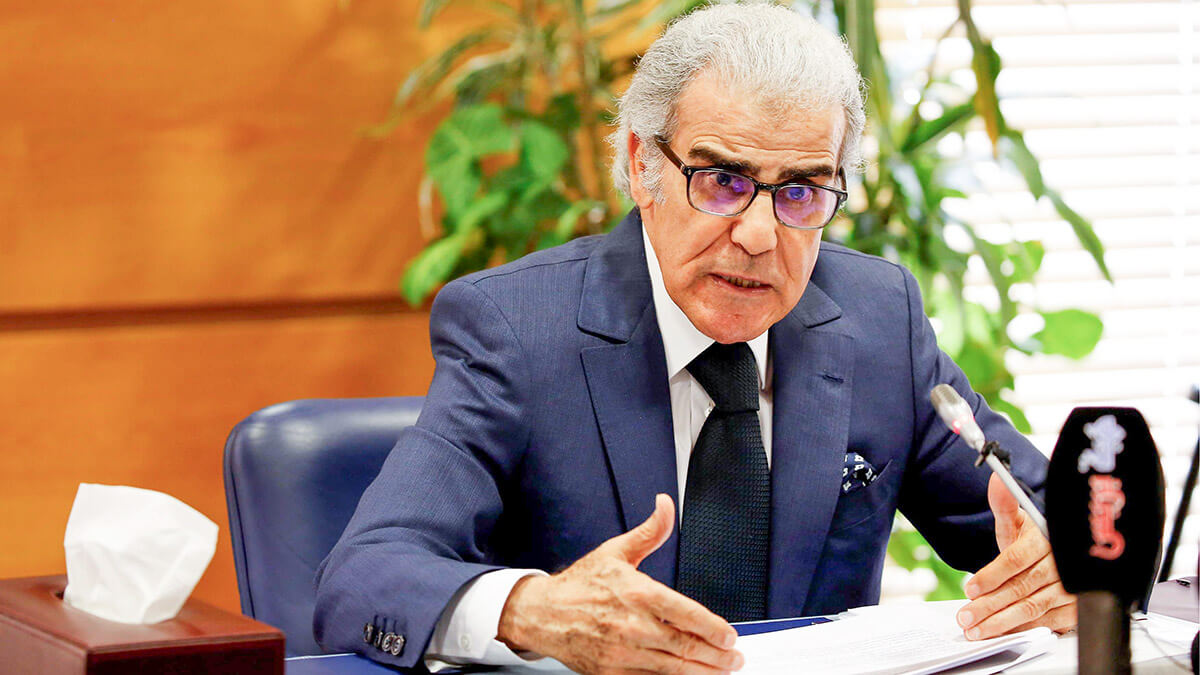
For Morocco, droughts and increasing water stress are of particular concern. Alarming data, such as steadily rising temperatures and declining dam filling rates, raise questions about the overall macroeconomic impact.
The governor of Bank Al-Maghrib (BAM) points out, on the basis of World Bank data, that the consequences of climate change will lead to a reduction in Morocco's GDP of up to 6.5 %, as well as a rural exodus affecting almost 1.9 million Moroccans by 2050.
These data highlight the pressing challenges facing Morocco in terms of climate change, underlining the need for urgent and concerted action to mitigate its devastating effects on the country's economy and population.

Morocco, a pioneer in green energy
Rabat is one of the few countries in the world to have taken up the challenge of green energy. Since 2009, Morocco has adopted an energy strategy based essentially on renewable energies, the development of energy efficiency and the strengthening of regional integration.
This strategy has enabled the Moroccan government to reduce its previously total dependence on the outside world and to establish itself as one of the pioneers in the production of energy from renewable sources. Its energy dependency rate has fallen from 97.5% in 2009 to 90.51% today.

Today, renewables account for around 20 % of Morocco's electricity production, and 111 projects have been completed or are under development. The installed capacity of renewable sources has reached 3,950 MW, representing about 37 % of the electricity mix (710 MW from solar sources, 1,430 MW from wind sources and 1,770 MW from hydroelectric sources).
Abdellatif Jouahri Wali was quick to point out this strength during his opening speech. Morocco was one of the first countries to ratify international climate conventions, notably the United Nations Convention on Climate Change in 1995, the Kyoto Protocol in 2002 and the Paris Agreement in 2016.
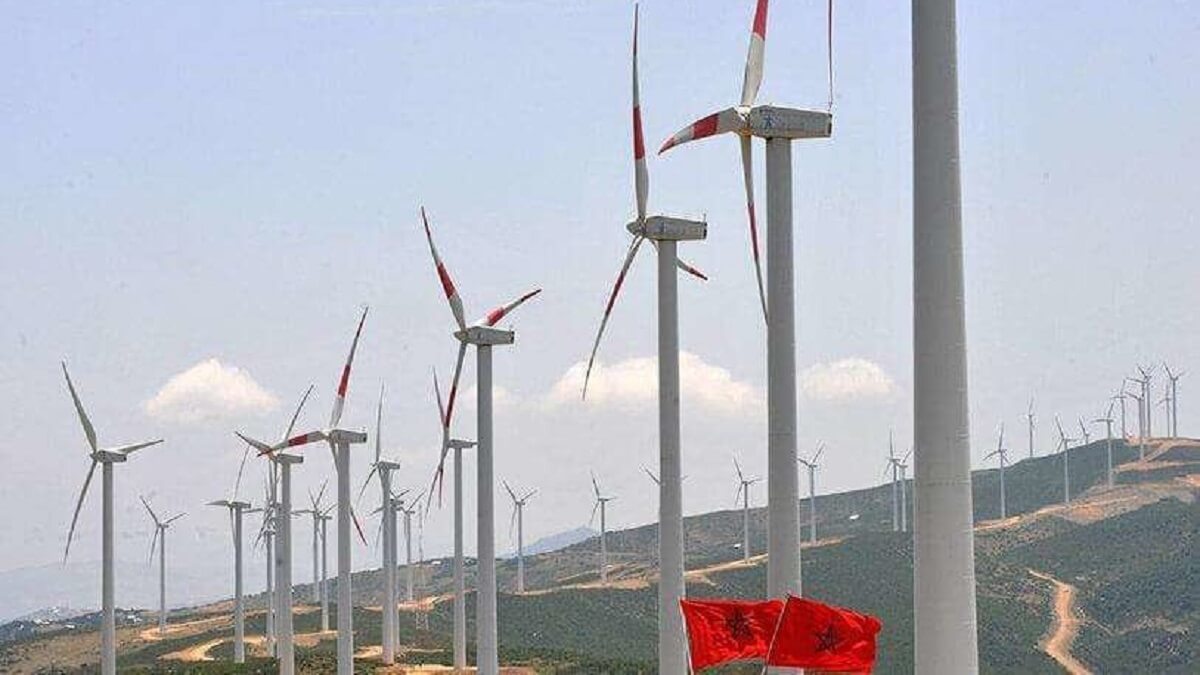
More recently, the country has launched a number of important sectoral programmes and strategies, such as the National Climate Plan 2020-2030, the National Carbon Emission Reduction Strategy 2050 and the National Water Plan 2020-2050. In the energy sector, ambitions are also high, with the objective of increasing the share of renewable energy in the energy mix to 52 % by 2030.
Finally, in 2021, Morocco reinforced its commitment to the fight against climate change by revising its Nationally Determined Contribution with the objective of reducing greenhouse gas emissions by 45.5% by 2030, and by adopting a framework law on taxation that includes the introduction of a carbon tax to promote environmental protection.
Renewable energies currently represent one of the three most promising markets in Morocco for attracting investment, making the banking and financial sectors key players in Morocco's strategy.
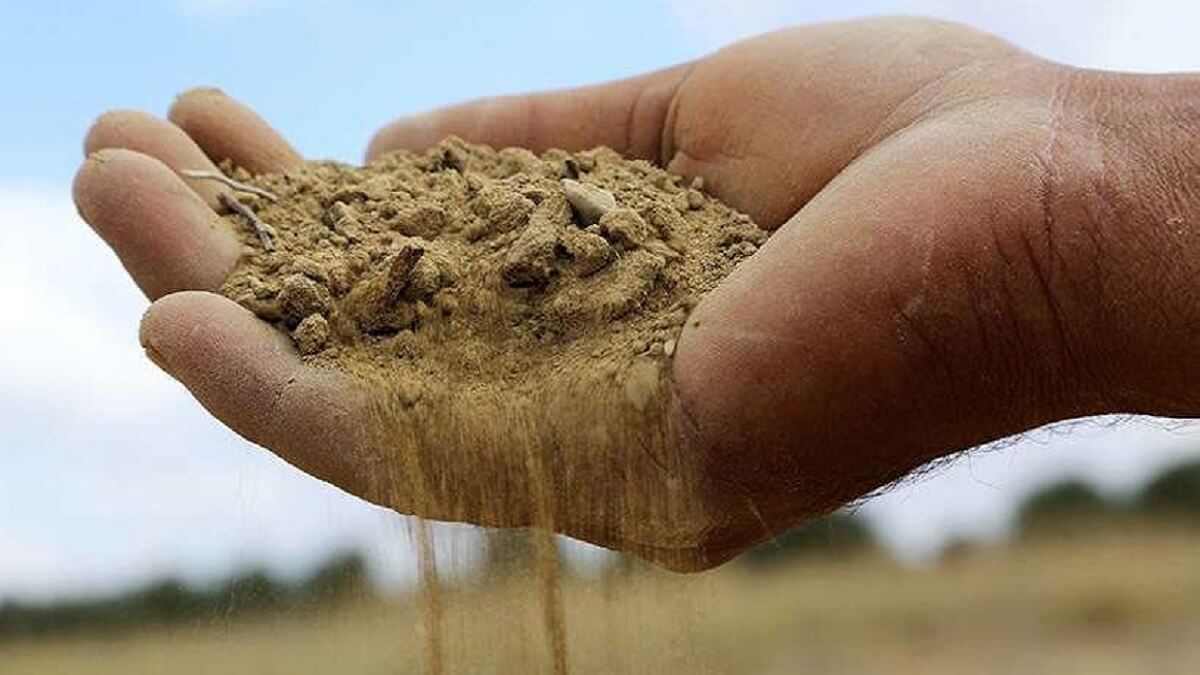
Central banks: key players in a new financing strategy?
Faced with the growing risks associated with climate change, the Moroccan authorities are preparing to implement a new financing strategy. For Abdellatif Jouahri Wali, this measure will make it possible to assess the financing gap and identify measures and mechanisms to hold the financial sector accountable.
As a result, the banking sector has been placed "at the heart of Bank Al-Maghrib's efforts to implement a genuine green revolution" (Saïd Naoumi, Le Matin Maroc). Although the contribution of central banks to the fight against climate change is still a matter of debate, A. Jouahri considers that central banks will undoubtedly have to take into account the impact of this phenomenon on the fulfilment of their missions.
In his speech, the Governor recalled that, in recent years, BAM has strengthened its commitment to the environment, making it a major focus of its corporate social responsibility policy. In 2016, on the occasion of COP22 in Marrakech, the Bank brought together regulators and national financial sector players around a roadmap dedicated to sustainable finance.
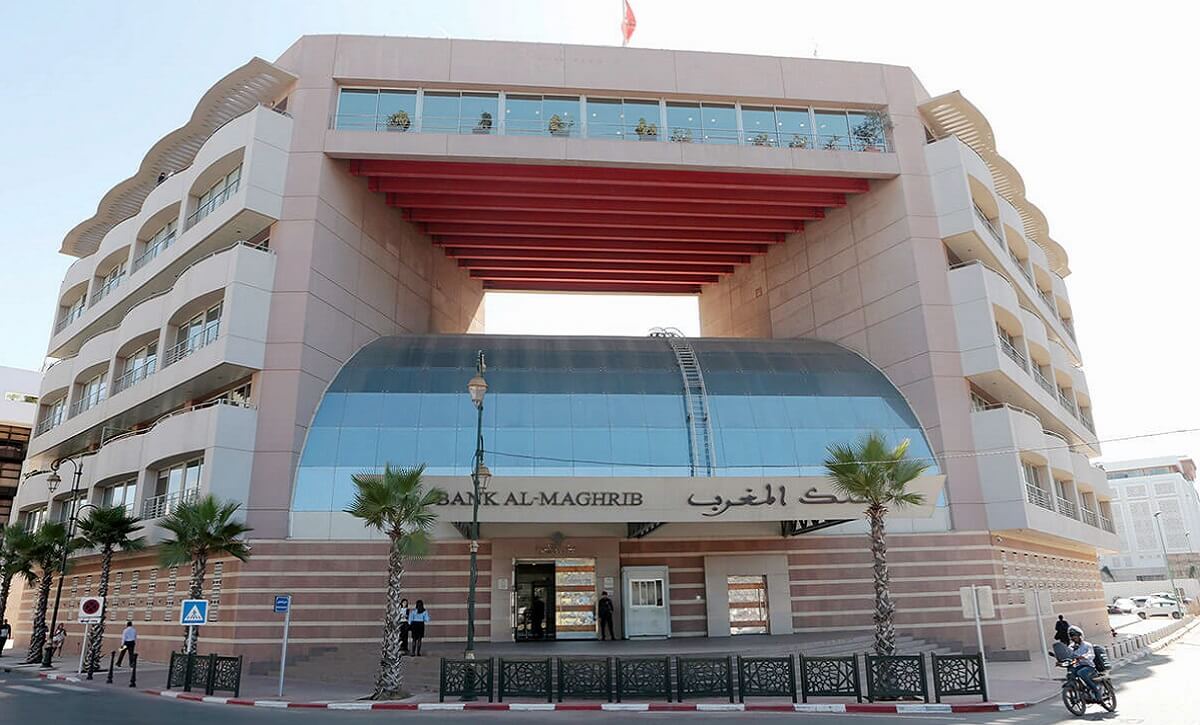
In 2021, the Bank also conducted an assessment of its greenhouse gas emissions. In 2022, it adopted a charter of commitments for the responsible and sustainable management of water resources, thus contributing to the national effort to rationalise this resource.
The Bank is currently working with the Ministry of Finance and other financial regulators to develop a climate finance strategy. The ultimate objective is to assess the green finance gap and identify measures and mechanisms that will enable the domestic financial sector, as well as foreign financial institutions, to increase their contributions to green and climate finance. It will also be accompanied by the adoption of a green financial taxonomy necessary to channel financial flows and avoid greenwashing.
Finally, in terms of managing its foreign exchange reserves, Bank Al-Maghrib is incorporating the principle of sustainability into its investment guidelines, favouring sustainable and responsible investments.
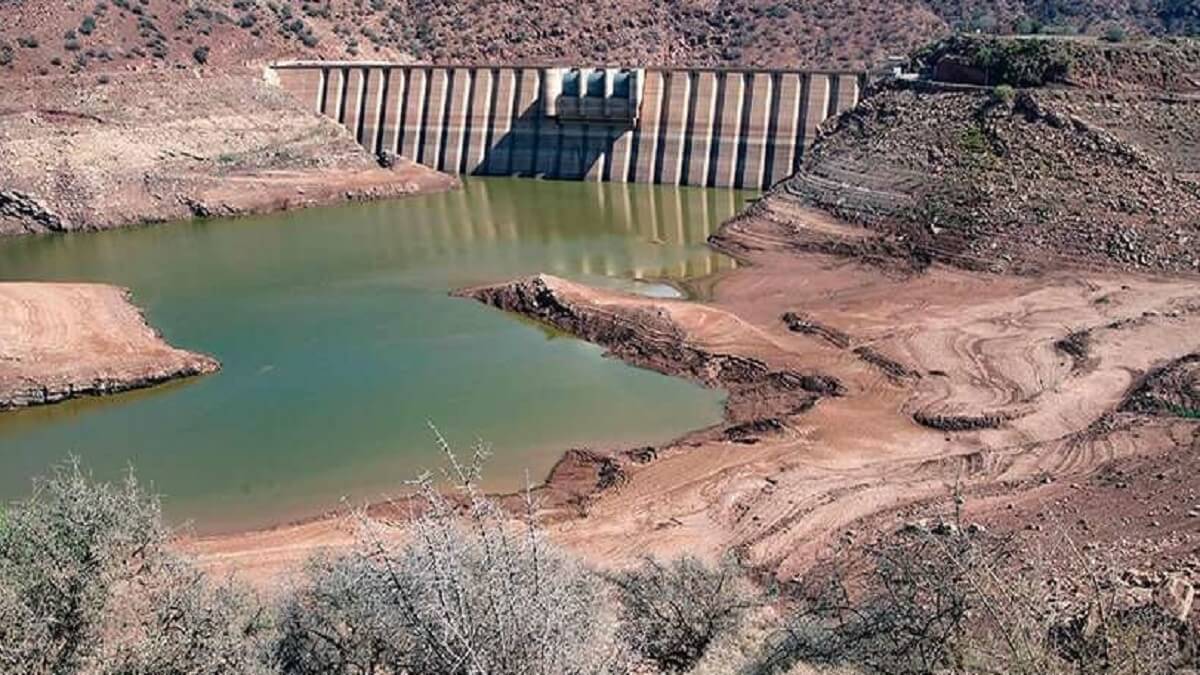
During the conference, Mohammed Kettani, vice-president of the Groupement professionnel des banques marocaines (GPBM) and CEO of Attijariwafa bank (AWB), underlined the banking sector's strong commitment to the development of green finance and the decarbonisation of the national economy. He highlighted the significant dirham financing of most of Morocco's renewable energy park as tangible proof of this commitment.
According to AWB's CEO, the Moroccan banking sector's involvement in the green transition goes far beyond renewables, as all projects have brought significant economic benefits to previously marginalised regions.
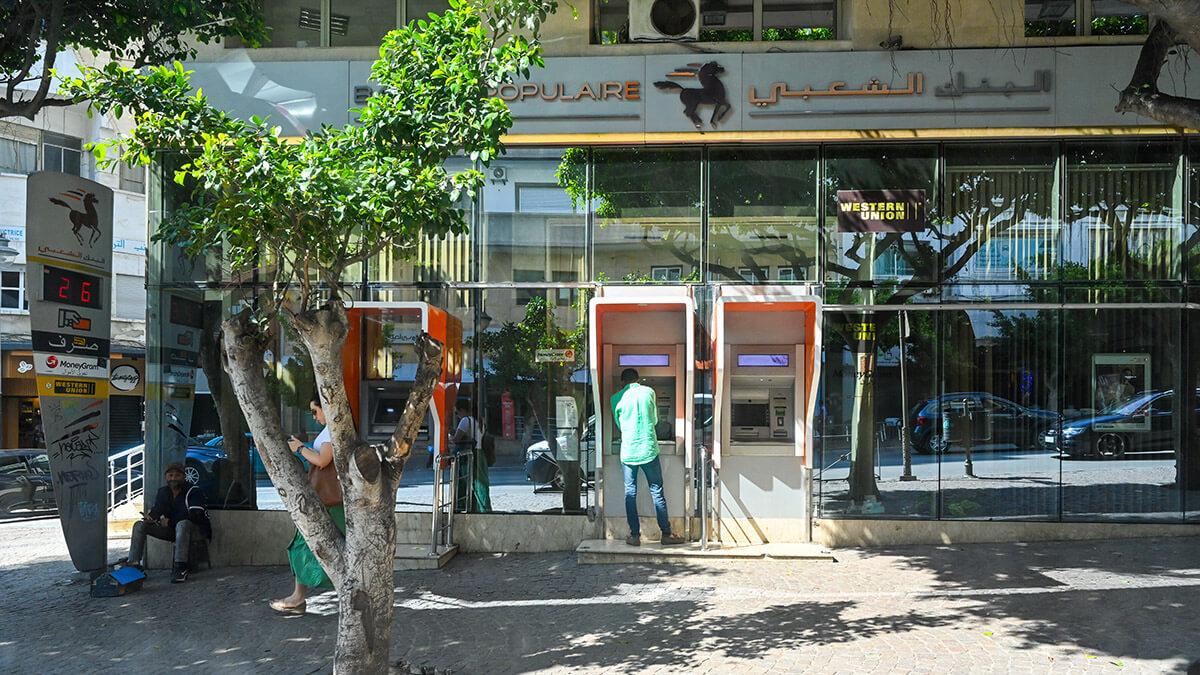
This approach has also enabled three large Moroccan banking groups, active internationally, to replicate the Moroccan financing model in other African countries where they operate. Morocco has also emerged as a platform for green bonds, gradually integrating this activity into financial market practices while expanding its influence. This financial and environmental success positions Morocco as a model for other African nations, providing inspiration and opportunities for sustainable transition across the continent.
The conference was undoubtedly a brilliant showcase for Morocco, highlighting its remarkable progress and unwavering commitment to combating climate change. It is very likely that with this conference the country wanted to showcase its successes to its international partners, in the hope of attracting more investment. Indeed, the World Bank estimates that more than 85% of the investment needed to decarbonise the economy should come from the private sector. The investment, in a snowball effect, will only materialise if far-reaching reforms are carried out, especially in the electricity sector..
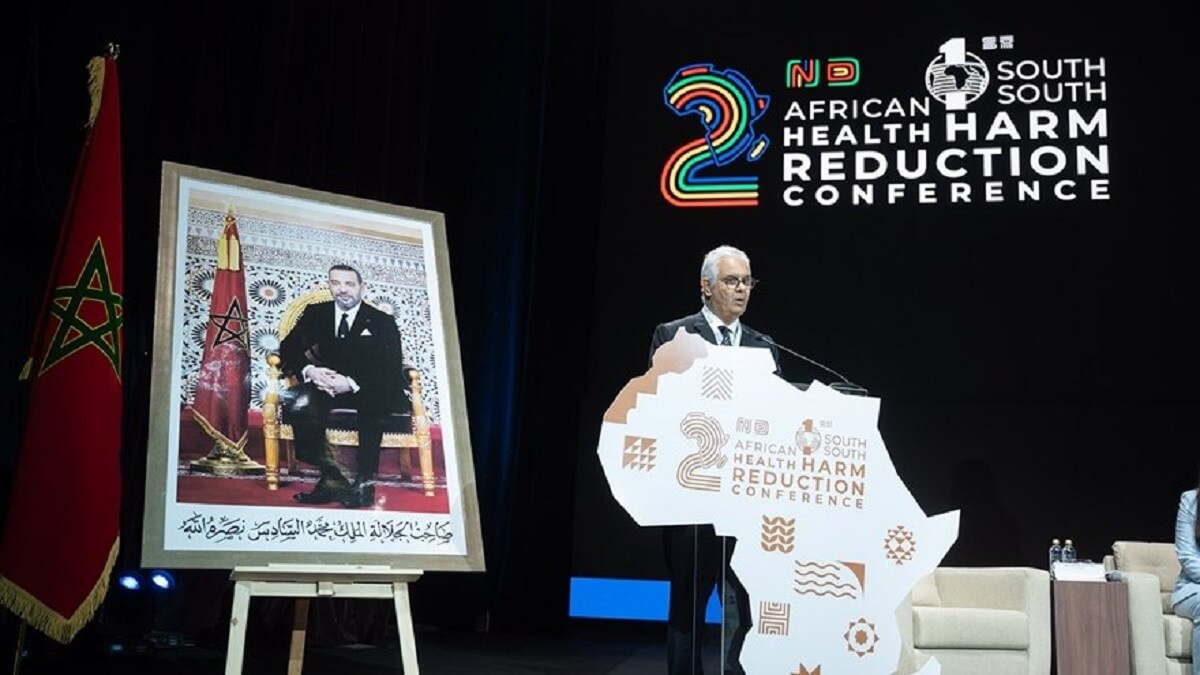
In the medium term, this strategic approach also aims to position Morocco as a major player in the field of green energy, enabling it to export its energy surpluses to Europe and actively contribute to the global ecological transition. While this objective will require significant financial and infrastructure investments, Morocco's renewable energy partnerships with Europe are already taking shape. These include a plan to build an undersea cable linking Morocco to the UK via Spain and France, with the aim of exporting green electricity by 2030.

